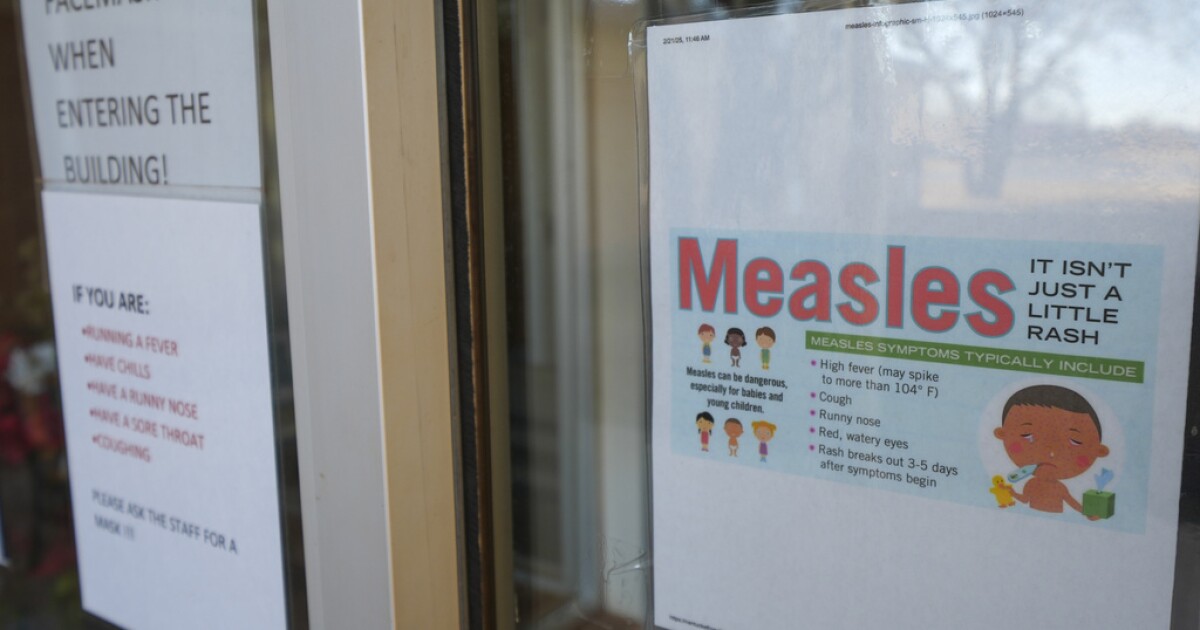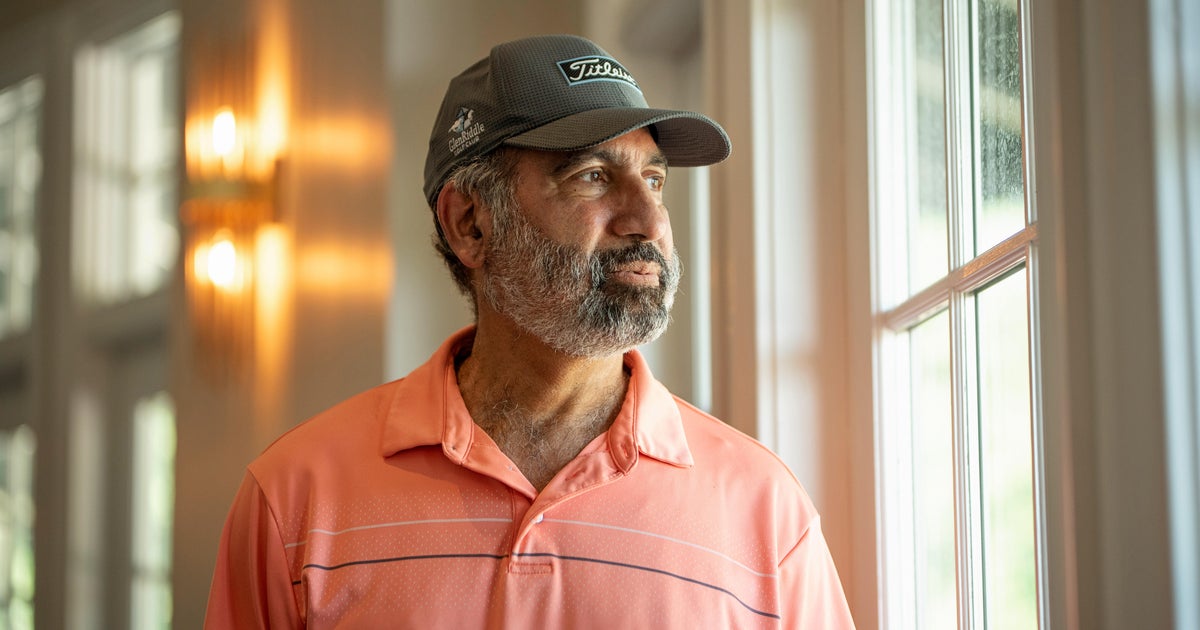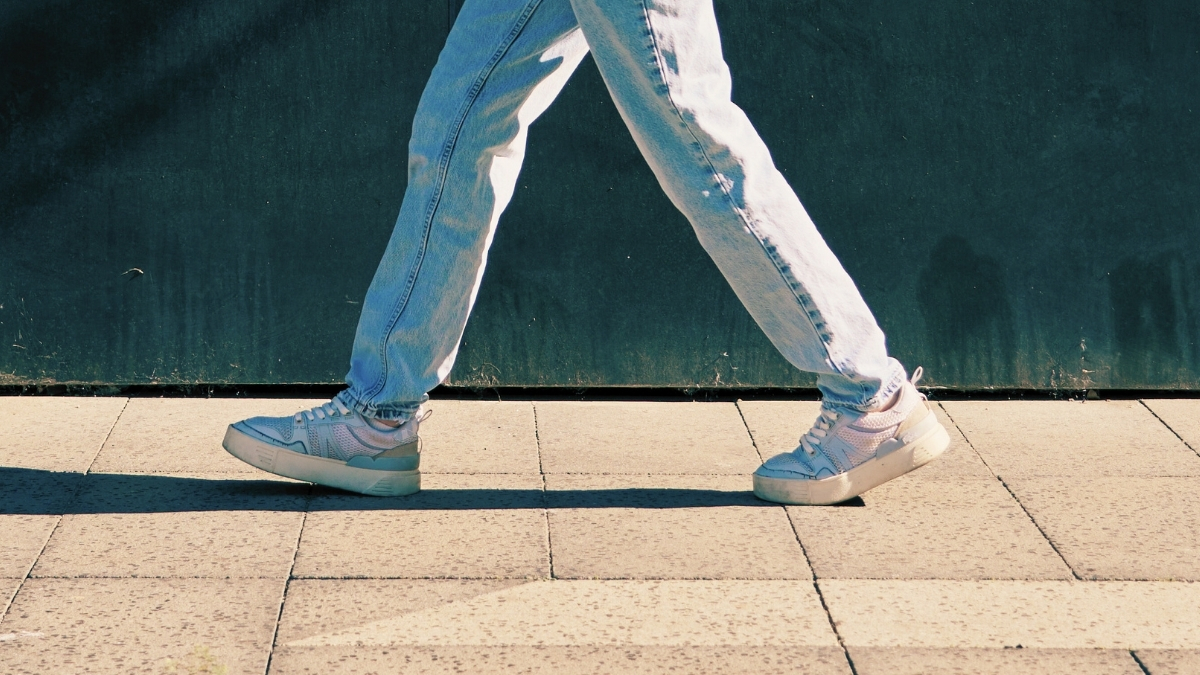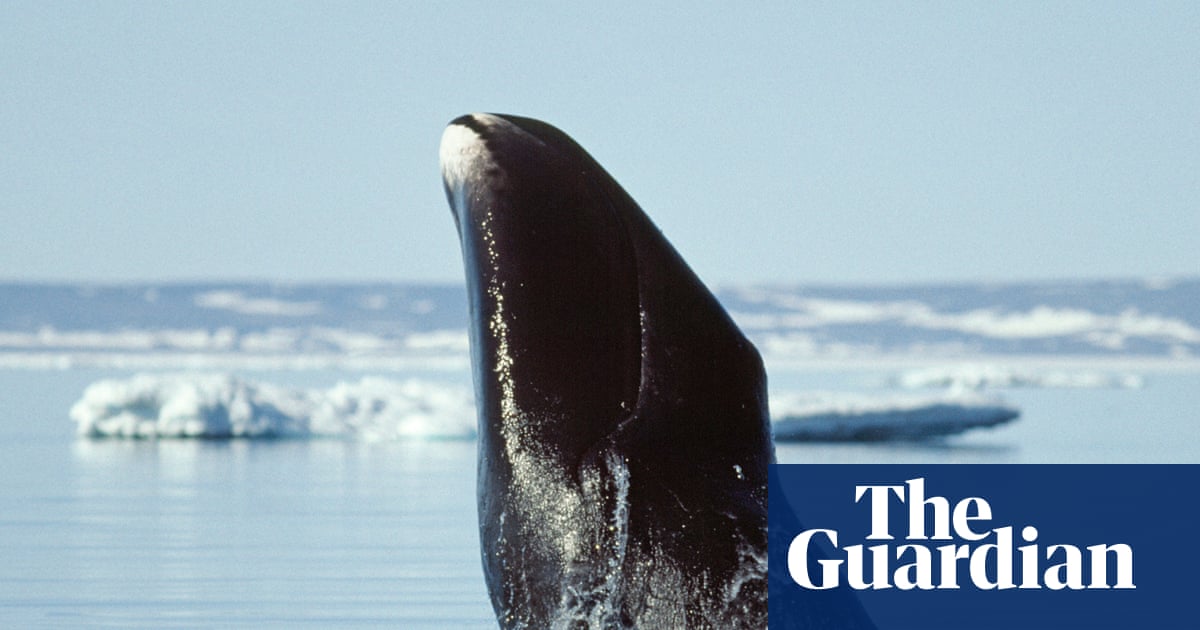With a maximum lifespan of more than 200 years, the bowhead whale lives longer than any other mammal. But how the 80-tonne beasts survive so long has never been fully explained.
Now scientists have found hints of an answer and are drawing up plans to see whether the same biological trick can be performed in humans. If so, it raises hopes for boosting healthy ageing and protecting organs and tissues during surgery and transplantations, they say.
“We were looking to understand the mechanisms of the exceptional longevity of the bowhead whale, the longest-living mammal,” said Prof Vera Gorbunova, a biologist at the University of Rochester in New York. “What we found is that maybe part of the mechanism is through very accurate and efficient repair of DNA breaks.”
All living organisms suffer DNA damage over the course of their lives. Cells attempt to mend the damage, but the repairs are not always effective. This leads to mutations building up over time, which can raise the risk of cancer and drive ageing by impairing how well cells and tissues function.
Gorbunova and her colleagues found that bowhead whales were particularly good at repairing a form of DNA damage in which both strands of the DNA double helix are severed. As a result, the whales acquired fewer mutations. “What we’re finding is that these kinds of repairs are very important for long life,” she said.
Through a series of experiments on whale cells, they showed that DNA repair is enhanced by a protein called CIRBP, which is triggered by cold exposure. Bowhead whales spend their lives in Arctic waters and produce 100 times more CIRBP than humans.
“This strategy, which does not eliminate damaged cells but faithfully repairs them, may be contributing to the exceptional longevity and low cancer incidence in the bowhead whale,” the researchers wrote in Nature.
The team went on to explore what happened when they increased levels of CIRBP in human cells. Boosting the protein doubled the proportion of double-strand breaks that cells repaired. Further experiments on flies showed that extra CIRBP increased their lifespan and made them more resilient to mutation-causing radiation.
“The very first conclusion we can make is there is room for improvement in humans,” Gorbunova said. “People used to think we can’t improve DNA repair, that it’s already optimal, but the whale does it better than we do.”
How big a role DNA repair plays in the bowhead whale’s longevity is unclear, but the researchers are now raising mice with boosted CIRBP to see how long they live. They also hope to test whether cold-water swimmers, or those who take cold showers, have raised levels of the protein, and how persistent any boost might be.
“We need to see if brief cold exposure is enough, but we’ll be looking at pharmacological ways to achieve this too,” Gorbunova said. “Not everyone wants to do cold swims.”
Prof Gabriel Balmus, who studies DNA damage and repair at the UK Dementia Research Institute at the University of Cambridge, said: “Enhancing our cells’ ability to repair DNA could, in principle, slow the ageing and associated disease processes – a notion supported by evidence from other species where stronger repair correlates with longer lifespan. Yet translating this into humans will be far from straightforward, demanding a balance between resilience and the body’s natural limits on renewal.”
First Appeared on
Source link













